Podcast: Play in new window | Download | Embed
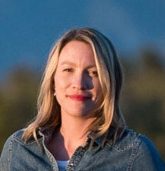
In 2001, Lindsay Schack and Lindsey Love both started a Masters of Architecture at Montana State University. A decade on, the two friends created Love | Schack Architecture together, from their respective home towns in Montana and Idaho.
Love | Schack Architecture combines Lindsey Love’s experience and passion for natural materials, with Lindsay Schack’s Certification as a Passive House Institute-US, Consultant.
In my chat with Lindsay Schack, she told me about her surprise at not being taught about Passive House at architecture school, and what she’s doing about helping to educate the industry.
Climate Context
The mountainous region of Montana and Idaho is a place of relative climate extremes. Average winter temperatures drop to below minus 10 degrees Celsius (the low teens Fahrenheit) while summer averages can get above 30 degrees Celsius (mid eighties Fahrenheit).
With this in mind, I was interested to get Lindsay’s perspective on the suitability of the local building code for dealing with this climate. Lindsay commented that their building code was ok, being pretty much in line with the rest of the country. However she feels that her region is lagging behind with regards to the Energy Code, which was updated in 2006.
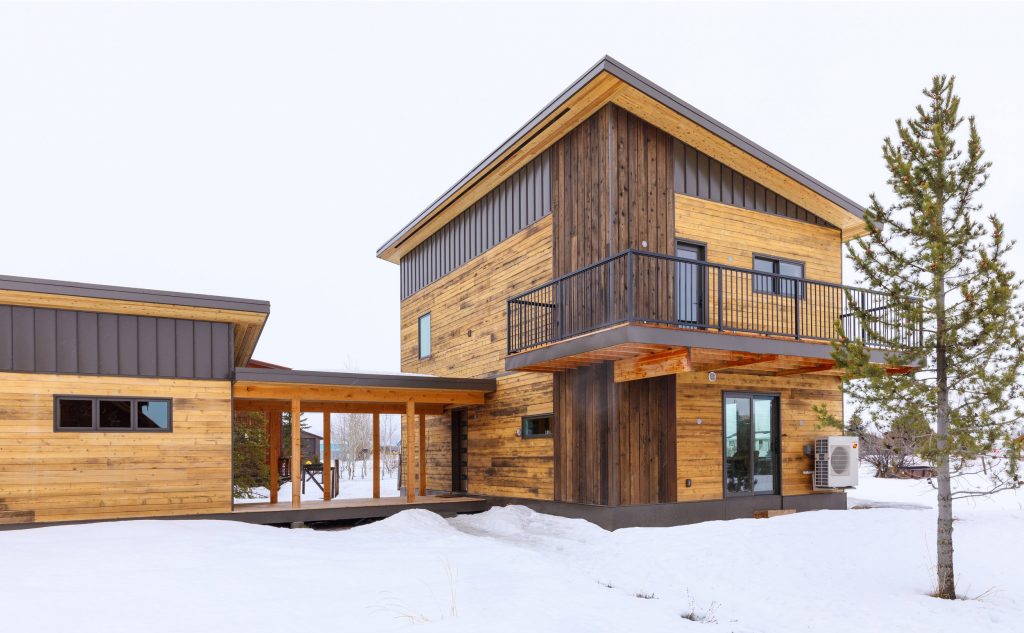
Advice and Advocacy
Both Lindsays get involved with helping to improve buildings in their respective regions. They do this by contributing comments and giving advice whenever opportunities arise to provide feedback on regulations. They encourage other members of their team to do similar, including giving input to climate action initiatives and local energy policies.

In describing their efforts to help the community understand the impacts of buildings on the environment, Lindsay says they’re “…more activists than typical architects”.
Passive House
Lindsay discovered Passive House while working on the design of a new facility for a community group. The client was a not-for-profit organisation who was going to be responsible for the running costs of the building as well as the upfront investment. Lindsay needed to find the most cost effective solution for the best possible outcome. Passive House turned out to be that solution.
“Why wasn’t this part of my curriculum?”
After spending a couple of days diving into the details of Passive House, Lindsay was energised by what she’d learnt, but also a little ticked-off. She wanted to know why she had only just discovered Passive House herself, after practicing architecture for a decade. “Why wasn’t this part of my curriculum?”, was her immediate question. It’s a question that remains relevant to architecture schools around the world. We need to tip the balance back towards function, not just form.
Lindsay said that architectural colleges teach beauty and aesthetics really well, but she adds that “building science knowledge is really lacking in our profession”.
Passive House and Sustainability
Before becoming a Passive House Consultant, Lindsay was a LEED-Accredited Professional. She still maintains this qualification and also sees the value in overall sustainability. But nowadays, Passive House comes first whenever possible.
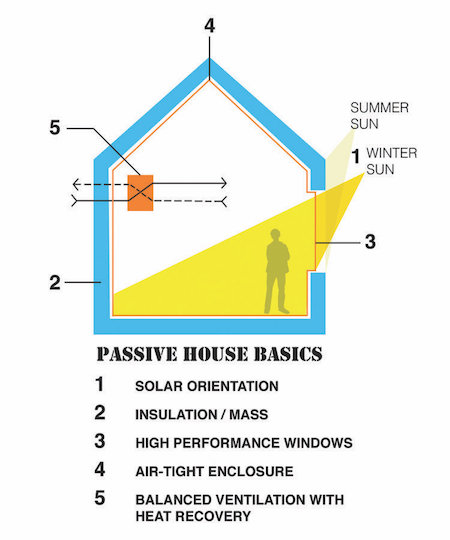
Lindsays sees the performance outcomes of Passive House design as the first threshold. After that, ‘green’ credentials and aesthetics can be added. This is a great approach. Designing with Passive House first means that the fundamentals of good envelope design are baked in from the start, which hopefully means they’re less likely to be ‘value engineered’ out towards the end.
Love | Schack Architecture
Love | Schack Architecture was created around the idea of combining the strengths of both Linday Schack and Lindsey Love, to make the best possible buildings.
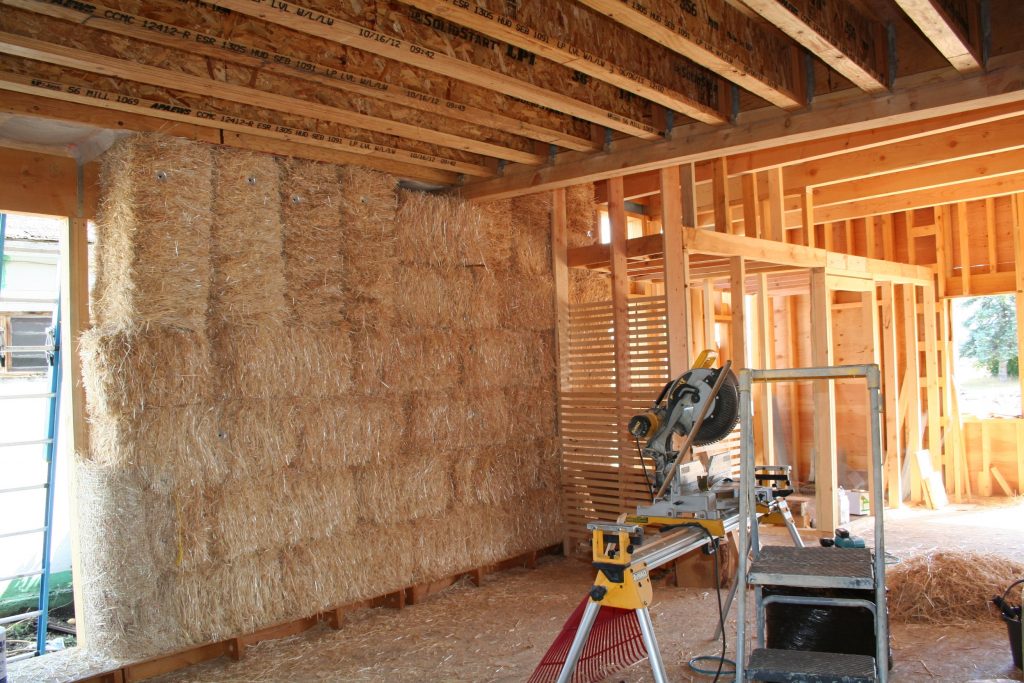
“Our partnership was based on this idea that if could marry the high performance aspect of Passive House with Lindsey’s natural building training, we’d get the best building we could possibly design.”, says Lindsay. And to date, this seems to be a winning formula. The Love | Schack Architecture team has grown, along with the geographic area they cover.
The community presence of Love |Schack Architecture, both online and in the real world, is as inspiring as it is effective. It’s a great model for how all building professionals can contribute to helping to build better places for everyone. Connect with them. Sign up to their newsletter. And perhaps think about what you can emulate in your little corner of the world.
Passive House & PHIUS
Love | Schack are among a number of practices in the US who are knowledgable about both the Passive House Institute and Passive House Institute-US (or PHIUS). Blue Sky Homes who I introduced here is another.
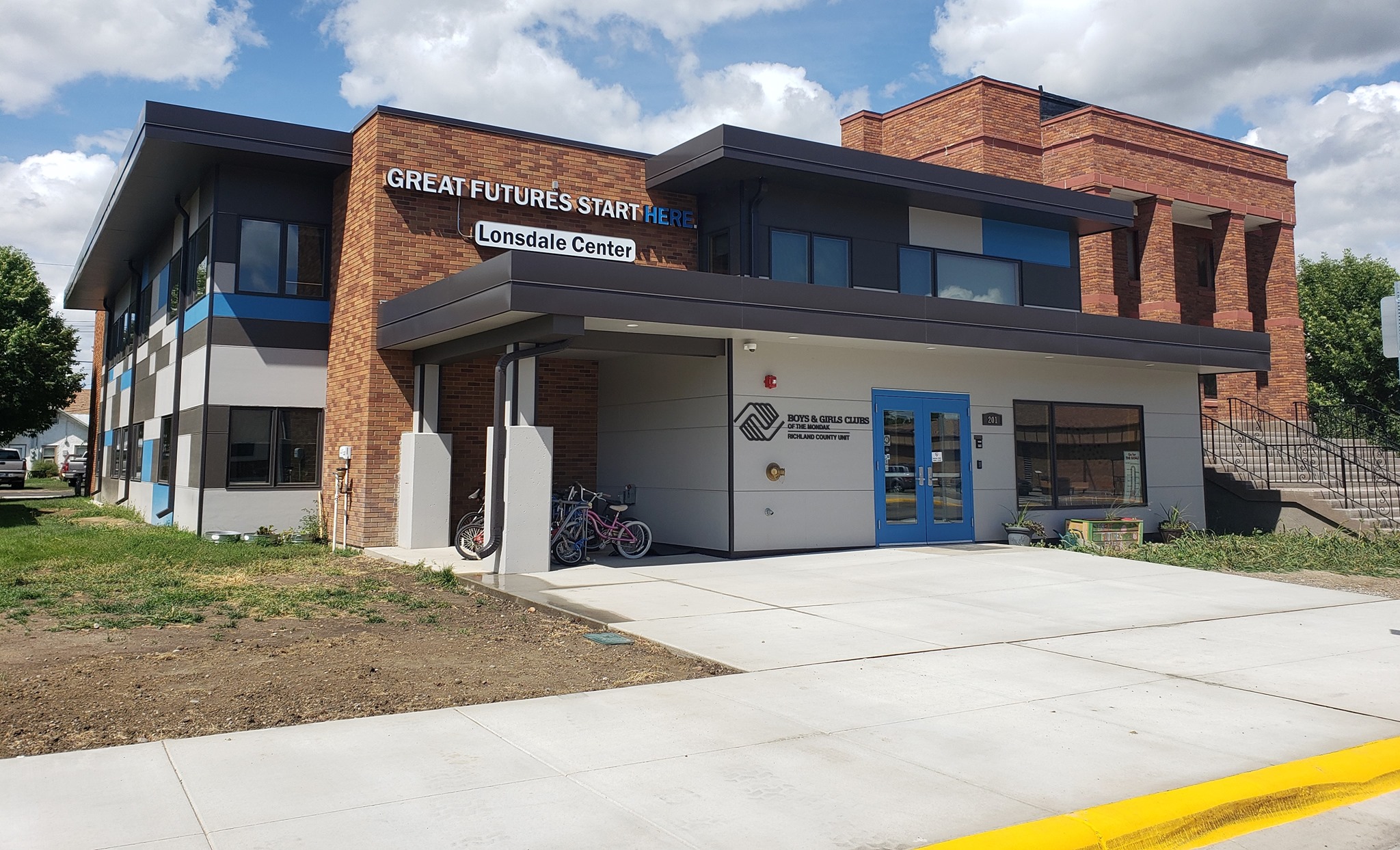
Leave a Reply